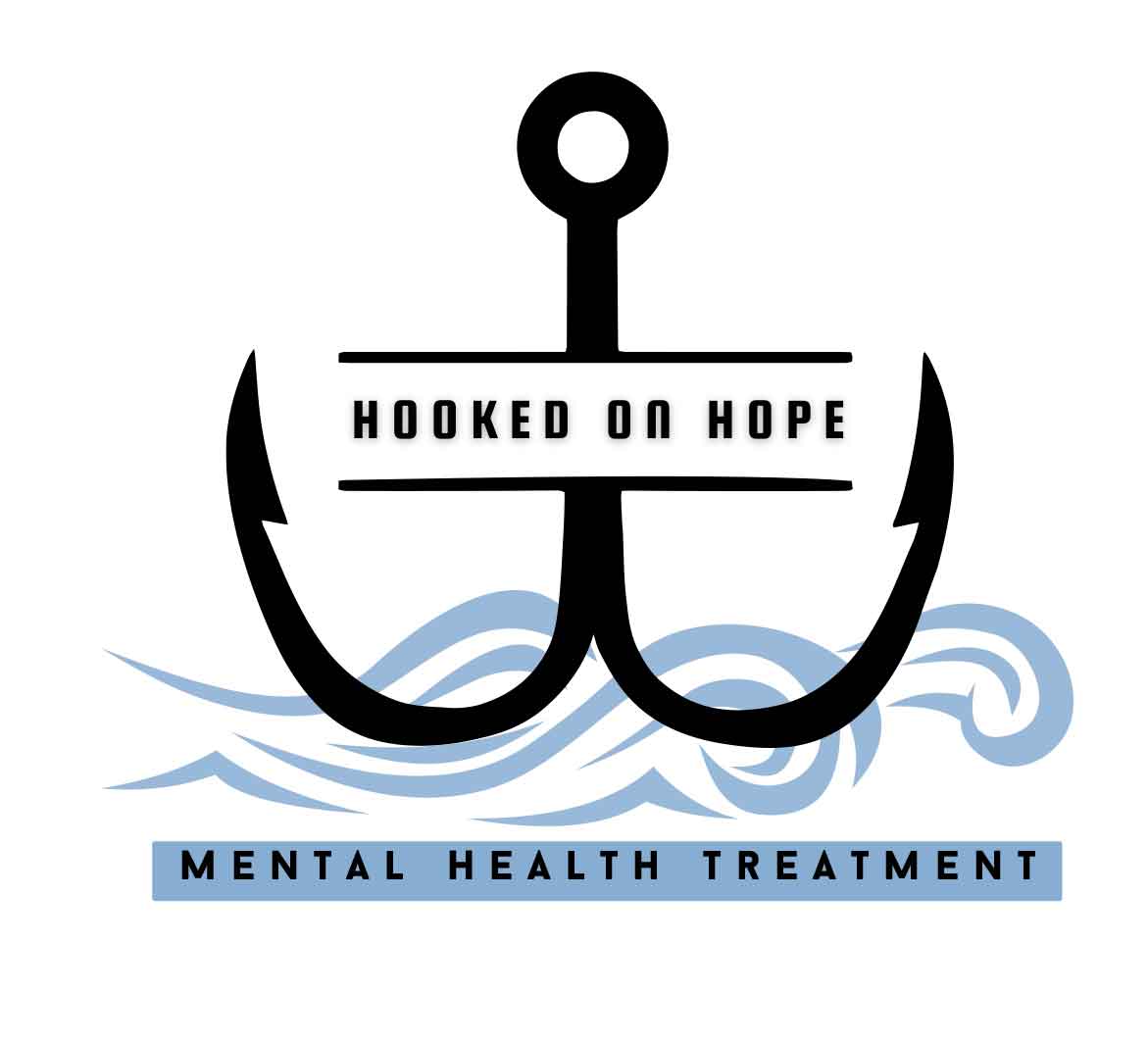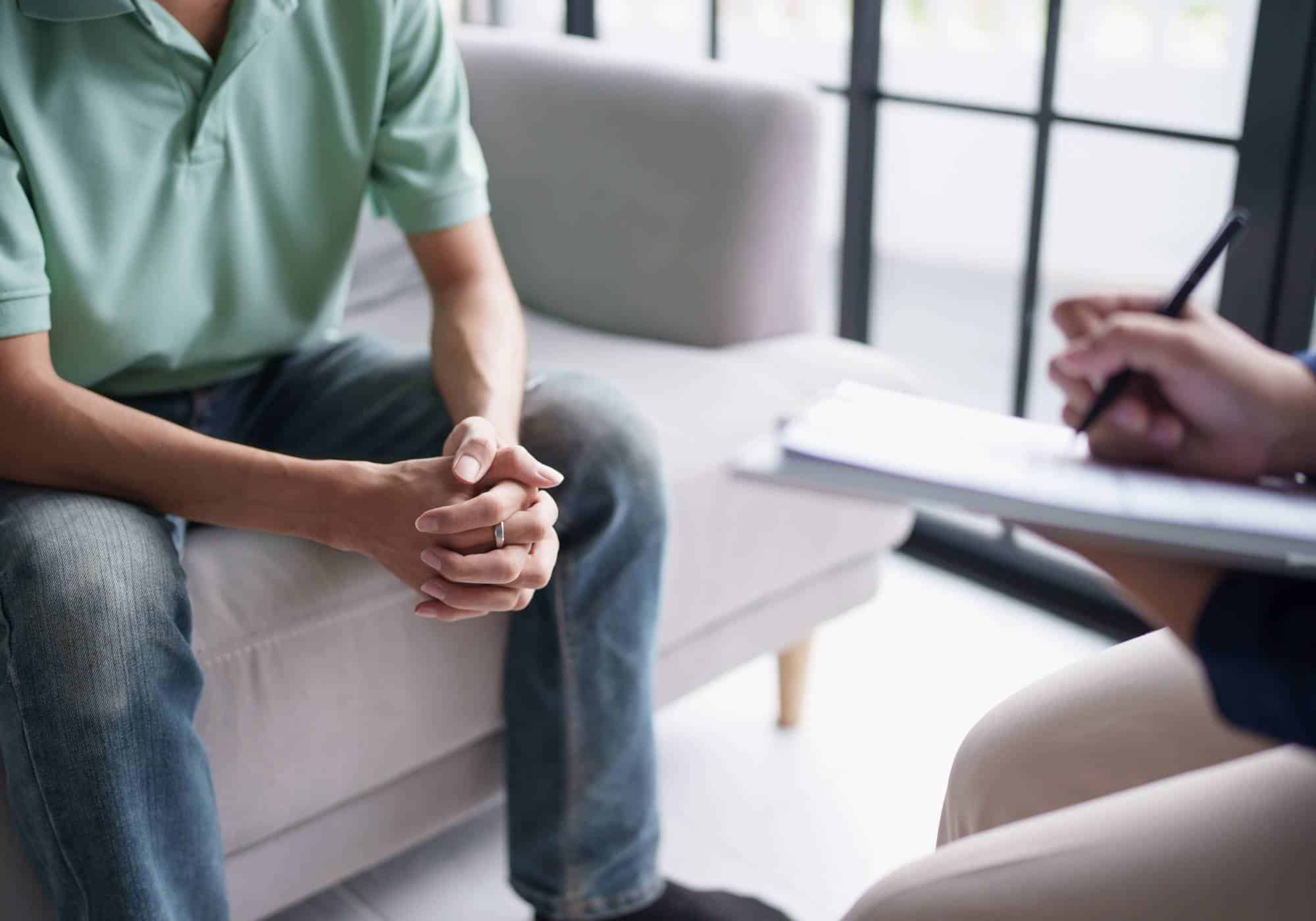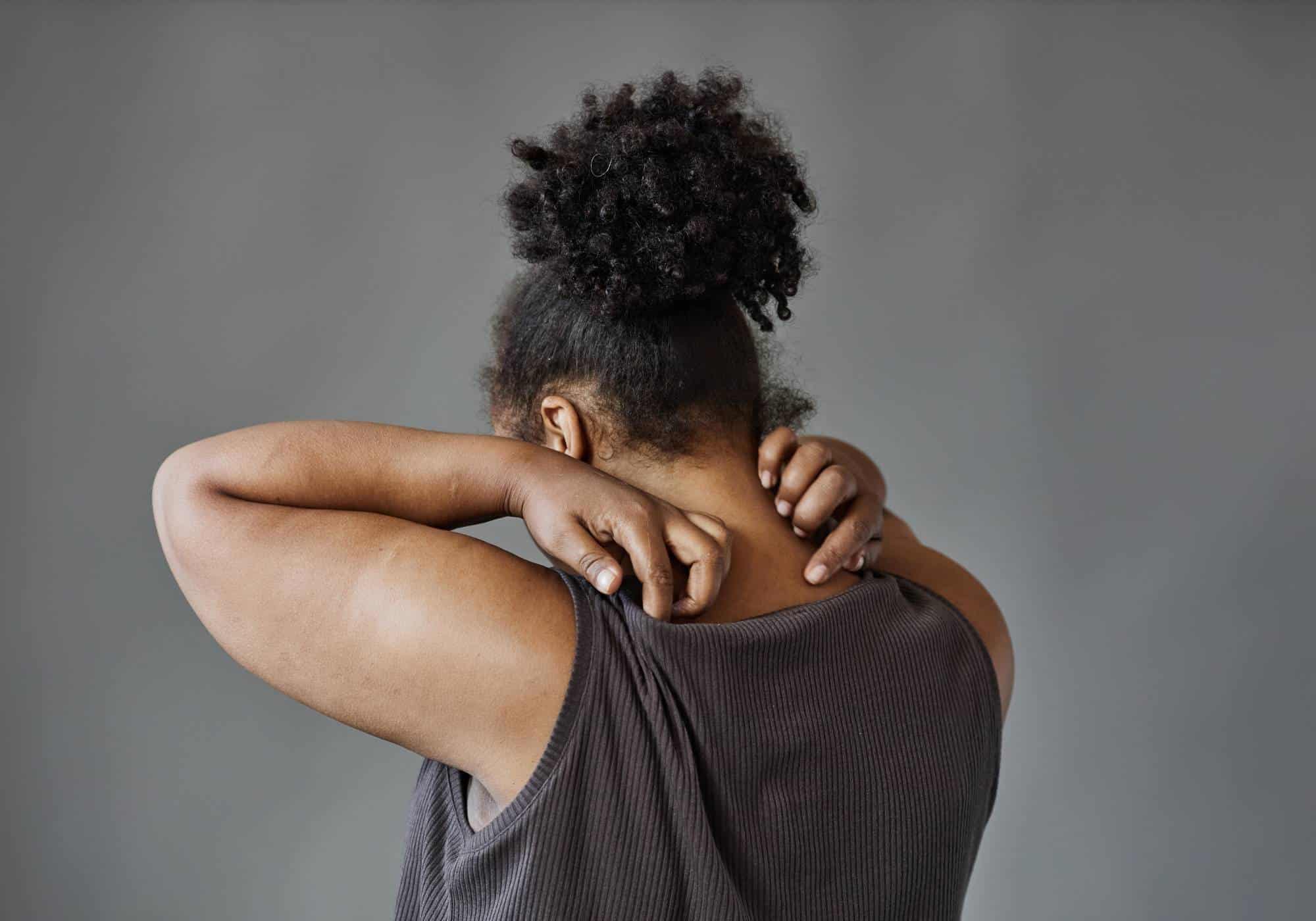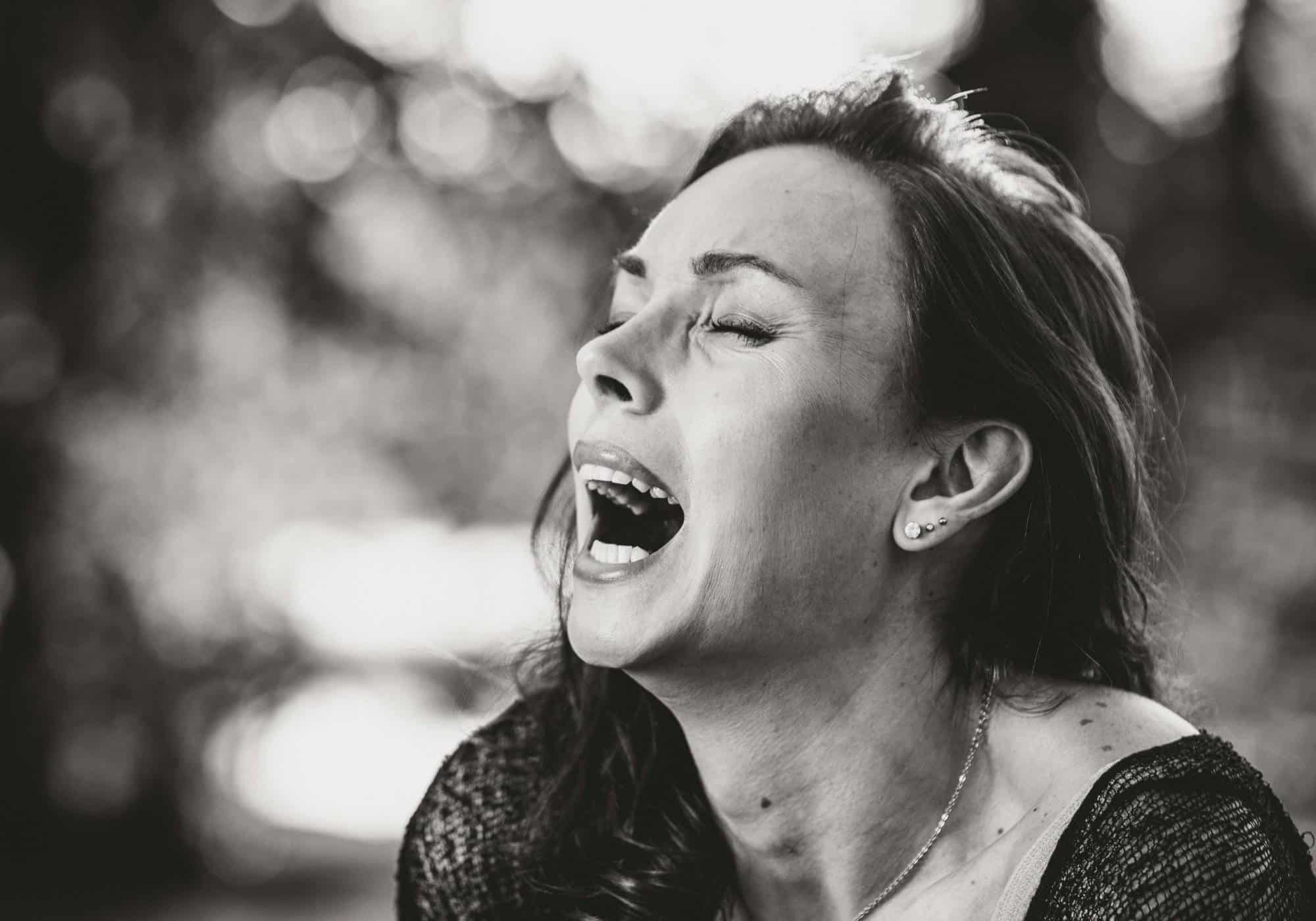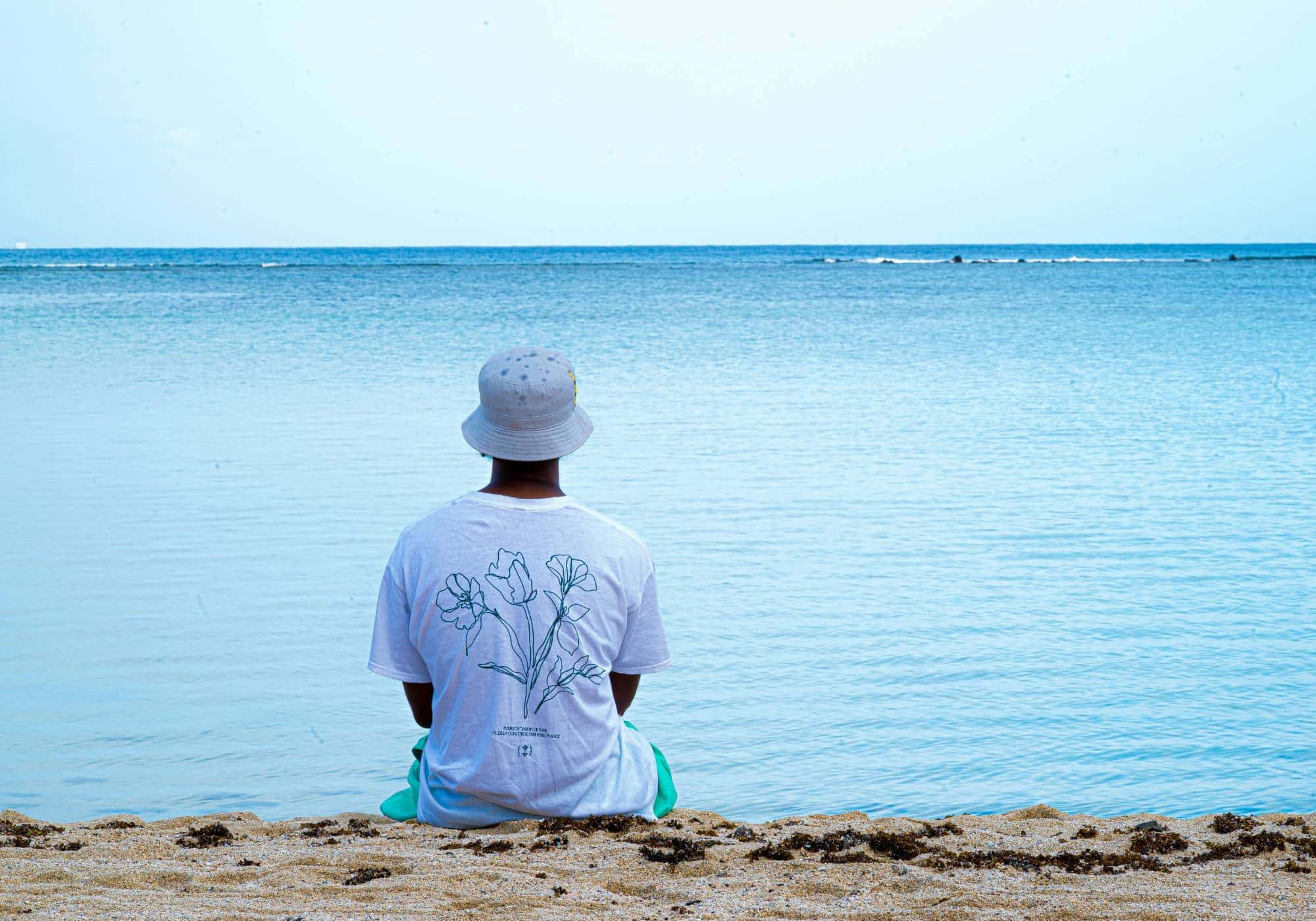Phobia Treatment Aims to Help Individuals Manage Their Condition Effectively and Reduce Symptoms
Phobia treatment focuses on helping people handle phobias so they can enjoy a better life. These fears are often intense and can disrupt everyday routines. Because phobias can be complex, therapy commonly involves multiple, smaller-targeted techniques to address different problems. For example, someone who panics about social gatherings might learn to manage anxiety, while another who fears specific objects may need a strategy to build tolerance over time.
When it comes to weird phobias, many folks are startled to learn just how uniquely specific these anxieties can get. But no matter how unusual the fear, treatment aims to help individuals make sense of it, cope with triggers, and minimize how much it interferes with daily life. While some people do manage mild phobias on their own, those with more severe forms often benefit from guidance in building new, healthier habits.
What Is a Phobia?
A phobia is an irrational fear of a certain object, situation, or living thing. Although fear itself is a normal response to threats, phobias commonly appear in reaction to something that typically poses little or no actual danger. Sometimes, a person with a phobia meets the criteria for a specific phobia, which is a type of anxiety disorder. With a specific phobia, someone experiences strong fear or anxiety whenever they’re confronted with whatever triggers them, such as heights, blood, or certain animals.
Phobias often bring significant stress and cause avoidance of the feared object, or else lead to severe anxiety when faced with it. If a phobia disrupts someone’s daily life or causes distress they can’t control, they may need professional support. For many, seeking phobia treatment can provide lasting relief and a path to more normal functioning.
Types of Phobias
Phobias come in several forms, but they all revolve around an intense fear of a specific thing or situation. The fear is usually far stronger than any real danger that object might pose. Many people are aware of well-known phobias, like the fear of heights (acrophobia) or spiders (arachnophobia). However, lesser-known phobias can be much stranger in nature. They might involve everyday objects, colors, or even bodily functions.
Although each phobia is unique, they tend to fit into the category of specific phobias if the fear centers on one object or situation. People with these conditions might rearrange their life to avoid triggers. Over time, that avoidance can bring problems at work, home, or in social settings. Those who find themselves crippled by a phobia can often benefit from phobia treatment in Atlanta, which uses counseling, gradual exposure methods, or medication to tackle underlying anxiety.
Signs and Symptoms of a Phobia
Phobias can show up differently depending on the person and the specific fear.
However, the following signs often appear across many types of phobias:
- Excessive Avoidance: Steering clear of the object or situation at all costs, sometimes going to great lengths that affect daily life.
- Severe Anxiety or Panic: Feeling immediate dread when you even think about your trigger, sometimes leading to physical symptoms like a racing heart.
- Overestimation of Danger: Believing the feared thing is extremely likely to harm you, even if it’s harmless in reality.
- Impact on Routine: Struggling to fulfill responsibilities at school, work, or home because of strong fear or the need to avoid it.
- Mood Swings or Irritability: Stress from the phobia can cause changes in mood or irritability around loved ones.
If these symptoms affect your ability to function, it’s probably time to consider some form of professional phobia treatment in Atlanta or your local area.
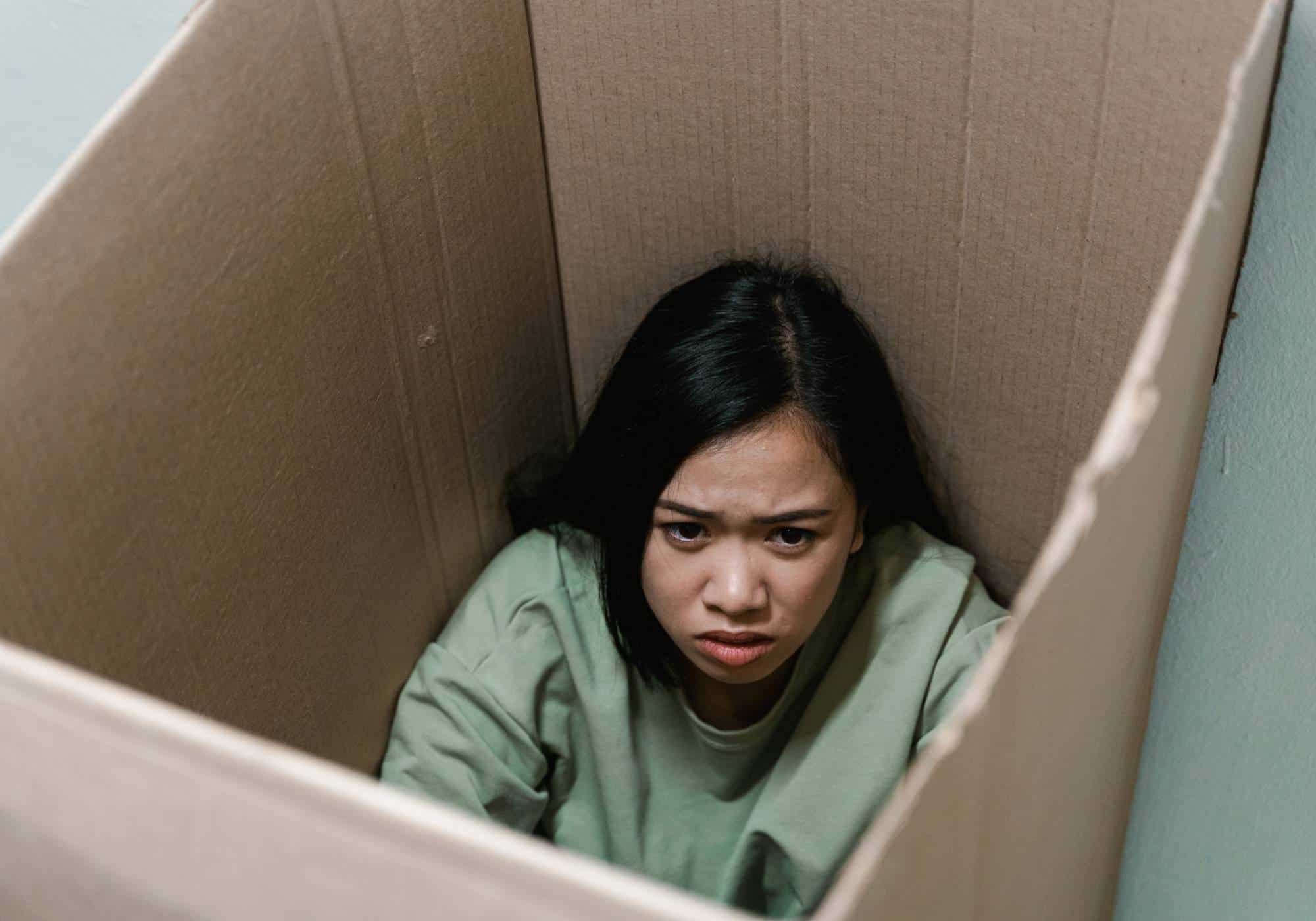
What Are the Weirdest and Most Rare Phobias?
Plenty of people have heard of typical phobias like fear of heights (acrophobia) or fear of spiders (arachnophobia). But many exist that are less common and don’t get as much attention. Here’s a list of 30 weird phobias that might surprise you. Despite sounding strange, each one can be deeply distressing for those who deal with it.
- Arachibutyrophobia (Fear of peanut butter sticking to the roof of your mouth)
People with arachibutyrophobia worry excessively about the peanut butter clinging to their mouth. Severity varies; some may eat small amounts, while others avoid peanut butter or anything similar altogether. This phobia can come from fear of choking or a traumatic peanut butter experience. - Nomophobia (Fear of being without a mobile phone)
Nomophobia involves feeling anxious if you can’t use your phone, like when the battery is low or there’s no signal. It often stems from phone addiction or fear of missing contact with friends or family. Research suggests that many people experience some level of phone-related anxiety, but for those with nomophobia, it’s especially strong. - Arithmophobia (Fear of numbers)
Some dread math class, but those with arithmophobia are terrified of numbers themselves. They usually experience anxiety around doing math or dealing with numbers at all. This can make everyday tasks—like budgeting or shopping—particularly challenging. - Plutophobia (Fear of money)
While many people want more money, plutophobia is the fear of cash or wealth. Folks might worry about wealthy people or fear becoming rich themselves due to concerns about responsibility, societal expectations, or potential robbery. Some might even sabotage career growth to avoid wealth. - Xanthophobia (Fear of the color yellow)
Individuals with xanthophobia fear the color yellow. This includes objects like buses or flowers. Since yellow is everywhere, it’s tough to avoid, so xanthophobia can significantly affect daily life. - Geniophobia (Fear of chins)
Geniophobia is fear of one’s chin or other people’s chins. This might arise from feeling that chins look strange or from an embarrassing event involving someone’s chin. People may avoid eye contact or keep distance to not see someone’s chin up close. - Lepidopterophobia (Fear of butterflies)
While many consider butterflies beautiful, people with lepidopterophobia feel anxious if these insects come near them. This might come from the way wings flutter unpredictably or from a prior scare in childhood. - Lachanophobia (Fear of vegetables)
People with lachanophobia avoid vegetables at all costs. They may feel anxious or even nauseous looking at, smelling, or tasting vegetables. - Coulrophobia (Fear of clowns)
Often linked to negative portrayals in media or traumatic experiences at a circus or party, individuals with coulrophobia feel intense anxiety around clowns. - Taphophobia (Fear of being buried alive)
Taphophobia involves extreme worry about premature burial or confinement. It can stem from scary tales, certain myths, or historical anecdotes. - Genuphobia (Fear of knees)
With genuphobia, people feel uneasy or distressed at the sight or touch of their own or someone else’s knees, sometimes avoiding clothes or situations that expose them. - Somniphobia (Fear of sleep)
People experiencing somniphobia might dread falling asleep because they fear nightmares, losing control, or not waking up. This can result in chronic insomnia or frequent anxiety at bedtime. - Ablutophobia (Fear of bathing)
Ablutophobia involves fearing bathing or washing. While it’s more common in kids and tends to lessen with age, adults can still have it. This fear might stem from a negative incident with water or a broader fear of water. People often endure strong anxiety rather than bathe. - Octophobia (Fear of the number eight)
Octophobia is fear of the number eight. This unusual phobia can arise from the symbol’s resemblance to infinity or a traumatic event tied to the number. Like other numeric fears (such as 13), it might lead to avoidance of addresses or phone numbers with eights. - Optophobia (Fear of opening one’s eyes)
Optophobia is the fear of opening your eyes. It can be extremely limiting since most daily tasks need vision. It’s sometimes linked to other forms of anxiety. Some might prefer dark or dimly lit places or keep their eyes closed as much as possible. - Globophobia (Fear of balloons)
Globophobia involves an extreme fear of balloons, ranging from mild discomfort to complete avoidance. Some people panic even seeing balloons on TV. Past trauma, like a balloon popping near someone, might spark this fear. - Hippopotomonstrosesquippedaliophobia (Fear of long words)
The irony is that the name of this phobia is quite lengthy. Also known as sesquipedalophobia, it can develop from embarrassing moments misreading big words. Many recall feeling shy about reading aloud in class as kids. - Ephebiphobia (Fear of adolescents)
People with ephebiphobia fear teenagers, viewing them as unruly or dangerous. The media’s negative portrayal might fuel this. Ephebiphobia leads to avoiding teenagers altogether, possibly skipping visits to places they frequent. - Omphalophobia (Fear of belly buttons)
Omphalophobia is about belly buttons. Sufferers avoid touching their belly button or seeing others’. Some put bandages over them. Anxiety might arise from the idea that the belly button is a sensitive, taboo area. - Linonophobia (Fear of string)
Linonophobia is an extreme reaction to string. It may come from traumatic associations with restraint or kidnapping. People often avoid any kind of thread, sewing supplies, or activities related to string. - Pogonophobia (Fear of beards)
People with pogonophobia dread being around bearded individuals, sometimes due to a scary event involving someone with a beard. They may feel uneasy or even panic when talking to bearded people. - Chaetophobia (Fear of hair)
Chaetophobia involves fear of hair—either your own, other people’s, or even animal fur. Some fear stray hairs, leading them to avoid grooming or haircuts. It may come from a disturbing event, such as an unpleasant haircut or hair loss. - Vestiphobia (Fear of clothing)
Vestiphobia is fear of clothes, often focusing on a certain garment or fear of tight outfits causing discomfort. It might arise from an allergic reaction to fabric or a traumatic link to a specific clothing item. - Ergophobia (Fear of work)
People with ergophobia have extreme anxiety about going to or staying at a job. They might fear manual tasks or stress about performing under pressure. Negative job experiences or burnout can lead to this phobia. - Decidophobia (Fear of making decisions)
Decidophobia is the fear of making choices, big or small. Such individuals distrust their own judgment and might rely on others—or even superstitions—to pick for them. In some cases, it’s part of a broader condition like dependent personality disorder. - Eisoptrophobia (Fear of mirrors)
Eisoptrophobia centers on an intense fear of mirrors or reflective surfaces. Some worry about breaking them, believing it brings bad luck, while others fear glimpses of ghosts or confronting their reflection if they’re insecure about their appearance. - Deipnophobia (Fear of dining with others)
Deipnophobia is fear of eating with people, often stemming from social anxiety or a history of being teased about table manners. They’d rather eat alone than face the stress of conversation during meals. - Phobophobia (Fear of phobias)
Phobophobia is fear of developing a phobia in general. It can create a self-fulfilling loop: people become anxious about feeling anxious, leading to further avoidance or panic episodes. - Helminthophobia (Fear of worms)
Helminthophobia is a fear of worms. A person might freeze at the sight of an earthworm or avoid places like gardens. It may stem from negative experiences, like being startled by worms as a child. - Koumpounophobia (Fear of buttons)
Koumpounophobia involves fear or disgust toward clothing buttons. People might avoid wearing button-up shirts or panic if asked to handle them, often connecting them with contamination or childhood memories.
The Effects of Having a Rare Phobia
Even though these are weird phobias, the anxiety they cause can be very real. Avoiding peanut butter or balloons might sound minor, but if it interferes with normal activities—like going to a friend’s party with decorations—it can lead to stress and social isolation. Some individuals may feel ashamed and hide their phobia, fearing judgment from family or friends. Over time, the guilt and fear can escalate into other issues like depression or more generalized anxiety.
That’s why many people with weird phobias eventually seek phobia treatment. A therapist can help them unpack the cause, examine unhelpful beliefs, and slowly face their fear in a controlled manner. This process might involve talking through past experiences or practicing gradual exposure, where you get used to the source of the fear bit by bit.
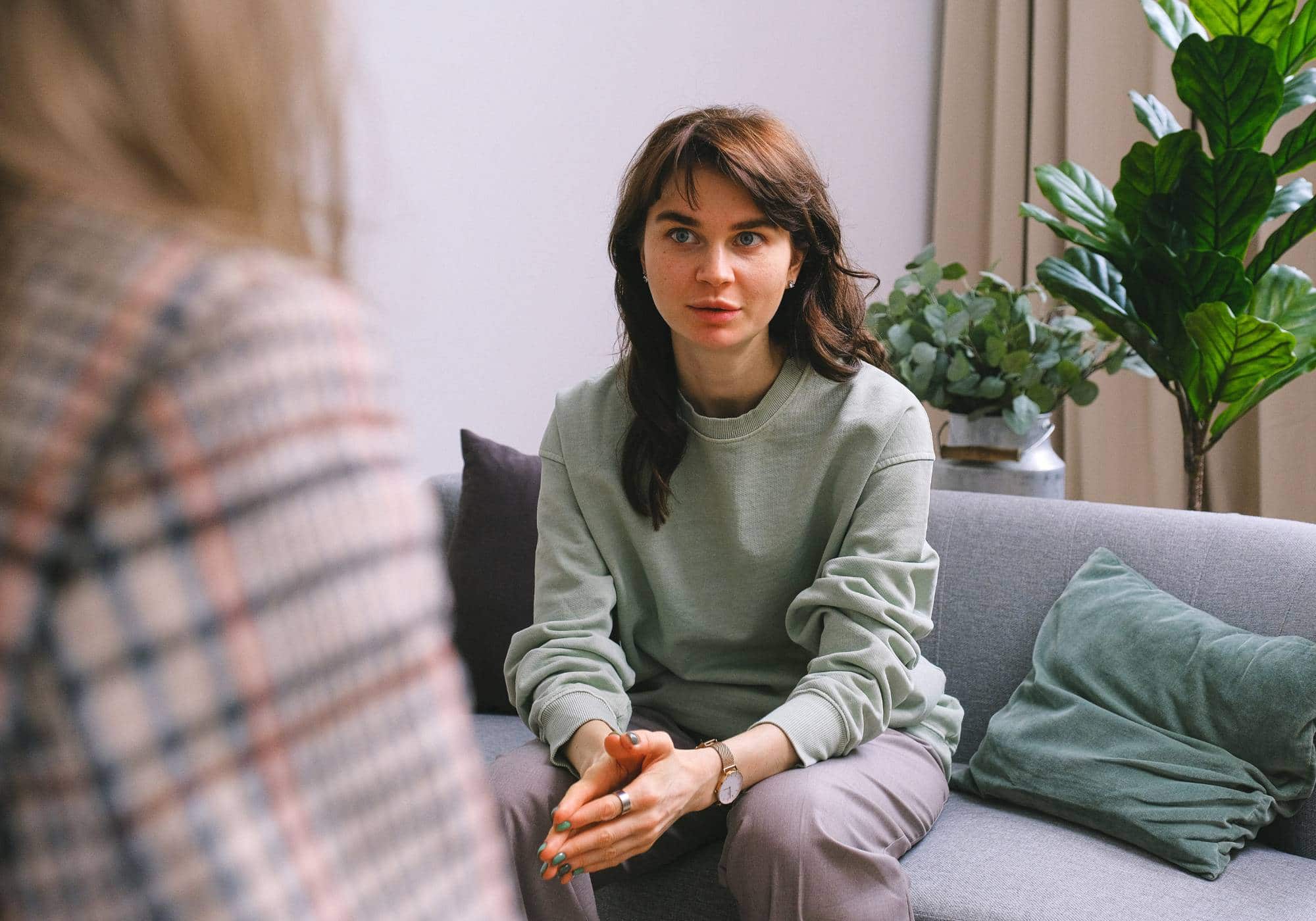
When to Seek Treatment for a Phobia
Not everyone with a mild phobia needs professional help. But if your phobia severely disrupts your life—like refusing job offers due to fear of the color yellow or missing family events because you can’t face balloons—it’s probably time to reach out. Also, if you experience panic attacks, overwhelming dread, or symptoms of depression, therapy or medical support could make a difference.
Treating these phobias can involve:
- Cognitive Behavioral Therapy (CBT): Helps you reshape negative thoughts and handle triggers more calmly.
- Exposure Therapy: Gradually introduces you to the fear source, allowing you to build confidence step by step.
- Medication: Used occasionally if anxiety is extremely high or if other mental health conditions like generalized anxiety disorder are present.
- Support Groups: Connecting with others who share your weird phobias can reduce shame and loneliness.
Phobia Treatment in Atlanta, GA
Weird phobias—like fear of peanut butter, money, or even bathing—may sound amusing at first, but they can cause real distress and interfere with day-to-day life. It’s important to remember that having a weird phobia doesn’t make someone flawed or silly. Instead, it’s an anxiety-based response that often develops from earlier events or inherited patterns of worry.
If you or someone close to you is grappling with a strange phobia, seeking help can pave the way to relief. Contact Hooked on Hope Mental Health today at 470-287-1927 or fill out our online contact form so we can guide you to see your fear in a new light, break free from avoidance habits, and reclaim control of your life. If the phobia’s impact grows too big to manage on your own, therapy or specialized programs can provide the structure and support needed for real improvement.
With patience and the right approach, you can move past these weird phobias. You may find yourself living with much less anxiety, returning to activities you used to avoid, and feeling proud of how far you’ve come. After all, change is possible—even for the strangest-seeming fears.
